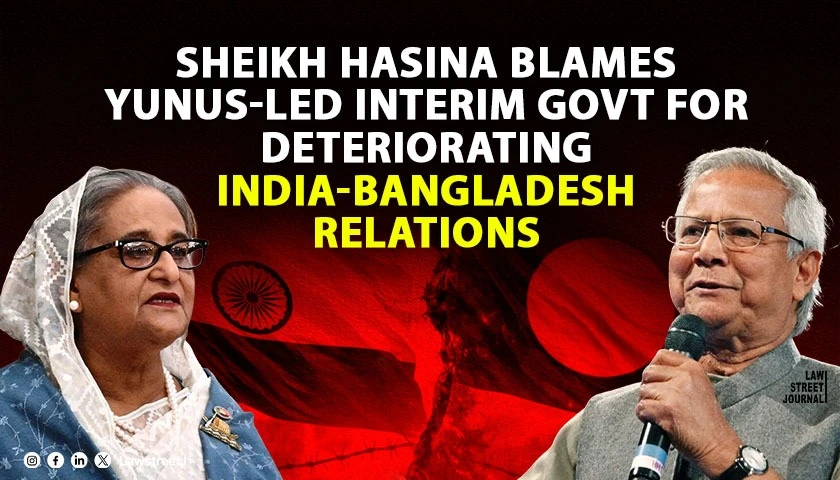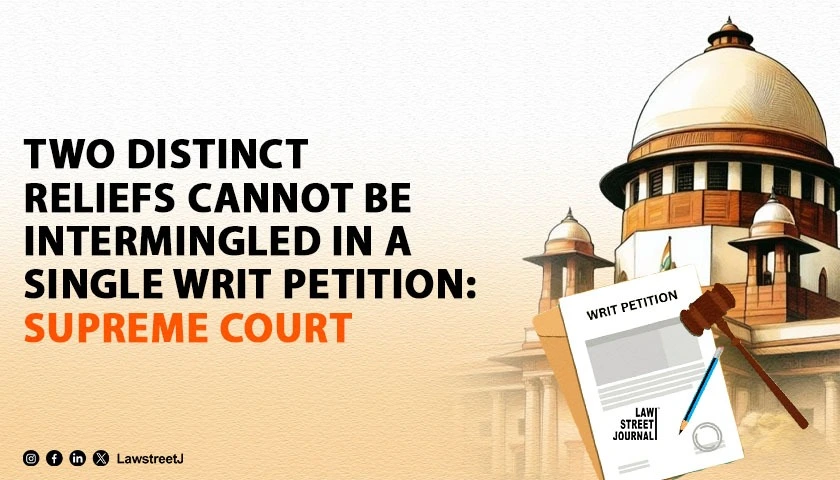India hosts around 18 percent of the world population on merely 2.4% of the Worlds land area. As the population is growing, natural resources are depleting, and India could well be heading towards a ruin.
How much is Indias Population:
Indias official population according to Census 2011 is 121 crores and is ranked second in the Global Population index. But figures suggest that Indias population maybe around 140 crores.
The Indian Government said in a Press Conference in 2019 that it has created over 125 crore Aadhar till now which makes the Indian population more than 125 crores.
But not all Indians have Aadhar Cards, which includes mostly children. According to a report called State of Aadhar in 2019, around 10% Indians, which is around 13 crores, do not have Aadhar. Moreover, India houses millions of illegal immigrants from neighboring countries. This brings Indias total population near to 140 crores.
Indias main competitor in Population and development is China. However, China has 3 times the area than India. Indias population density is 455 sq. Km while Chinas population density is only 148 sq. km, according to World Bank. The graph below shows the percentage of world population compared to percentage of worlds area of five developed countries.
India already lost over 1 million km sqaure of land area during partition. Now it's resources are even more limited with the exploding population.
Effects of Such Overpopulation:
India has less than 2% of the worlds agricultural area and only 4% of the Worlds water resources. India sustains 18% of the world population. It ranks 94 in the Global Huger Index. States like Punjab and Delhi are already in a threat of running out of groundwater. Millions of Indians are homeless, and 6 percent of the Indian population lives below the poverty line.
With India accounting to more 65 thousand births per day, this will only get worse. Demand for food, water, housing, health and transport will increase. This will increase pressure and burden on government and the focus from development projects will shift to sustenance.
Other than that, population increase will lead to an increase in crimes. As the numbers become more, government machinery will not be able to properly control crimes. These crimes will increase more due to poverty, lack of opportunities and basic necessities.
Finally, it will take a huge toll on the environment. Natural resources will deplete at a rapid rate. Forests and natural habitats of animals will be cut down to make homes to settle the increased population. Agricultural land will also decrease.
Solutions and Mitigates:
The country requires strict population laws to control the population explosion. The Indian constitution gives the power to make population control laws to both the State and the Centre in the Concurrent list in Schedule 7 of the Indian Constitution.
Governments should incentivize having less than two kids. It should also de-incentivize having more than two kids. The UP government has already taken a step in this direction, but this needs to be done pan India.
Moreover, Indian Government should focus on increasing accessibility and availability of contraceptives especially in rural India. It should also make efforts to remove the stigma around the use of contraceptives.
Conclusion:
Indias fast-growing population, if not controlled, will become a major threat to its development and sustenance in the coming future. Indias goal to become a superpower will never be fulfilled until the population is controlled.








